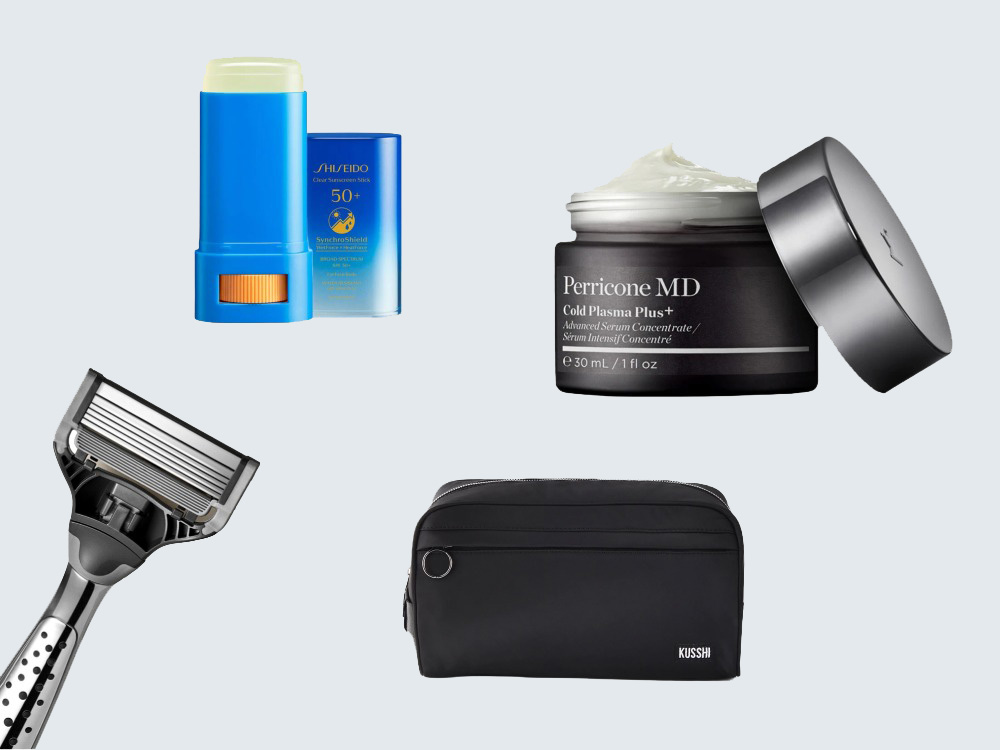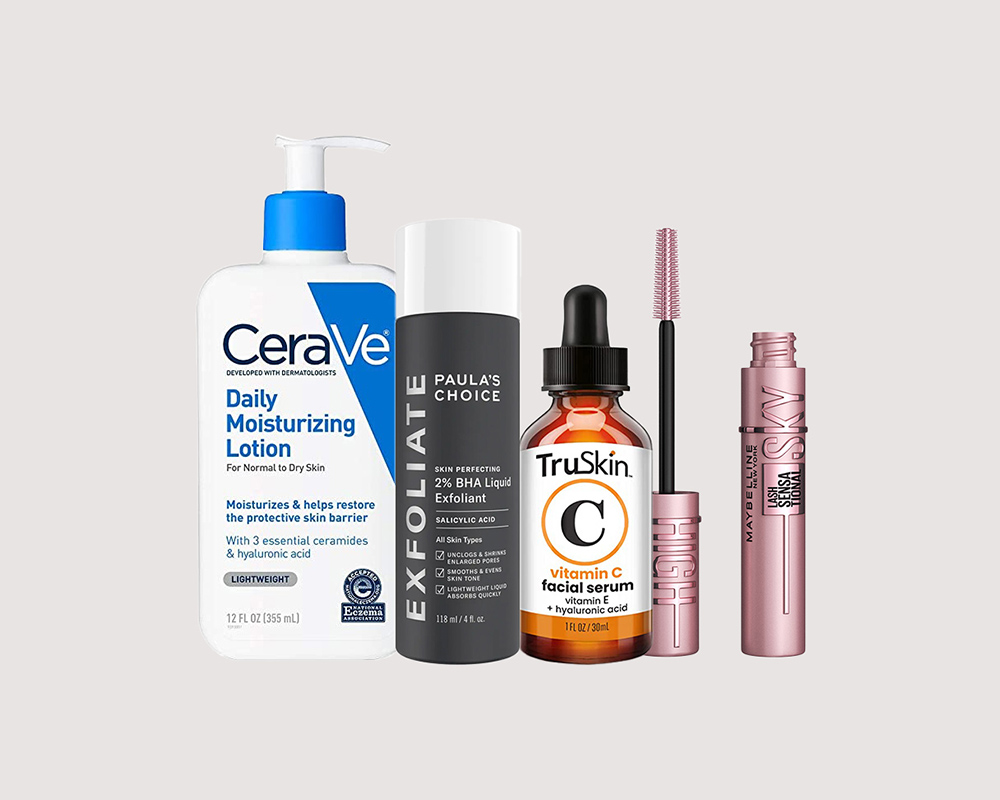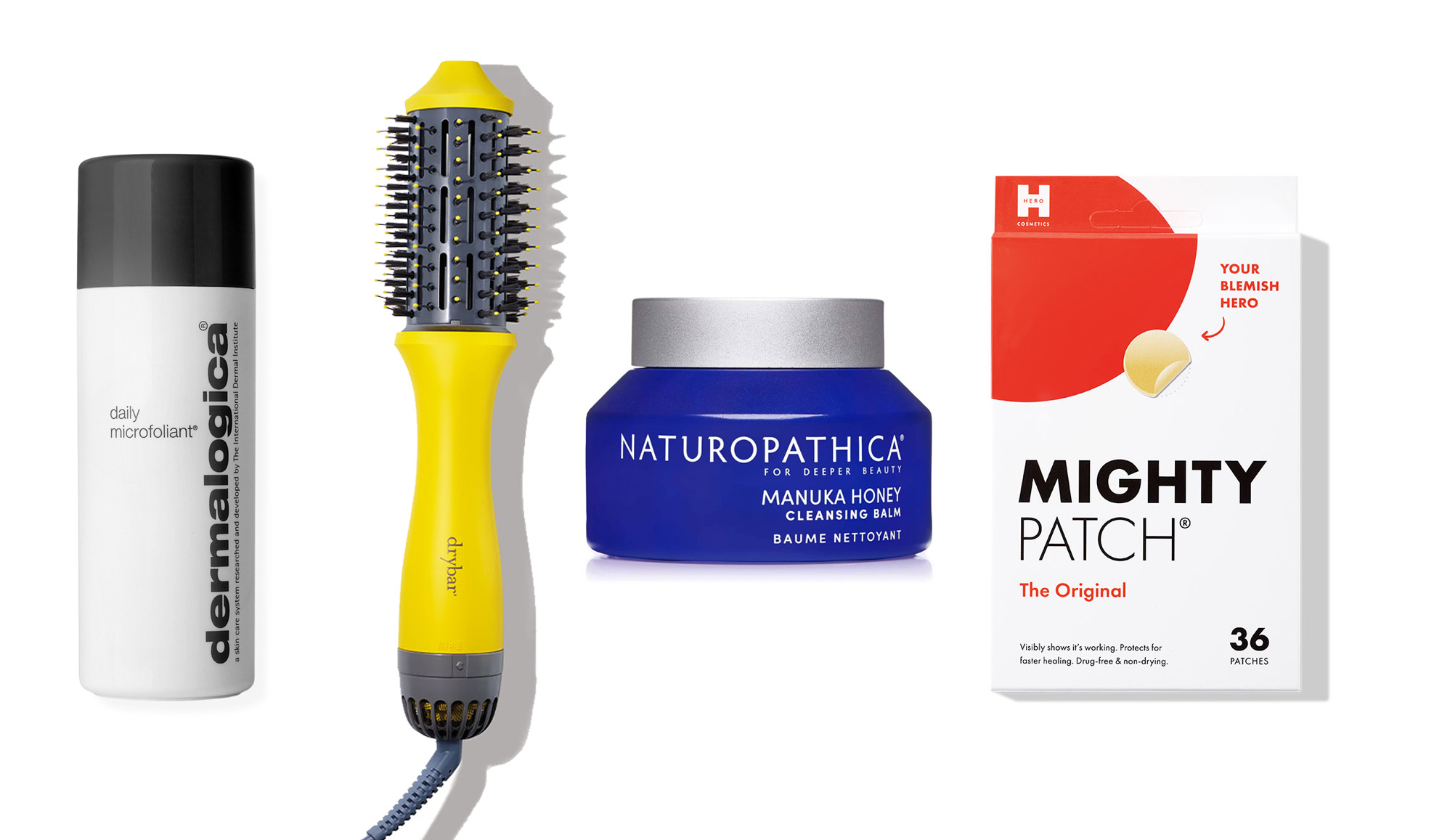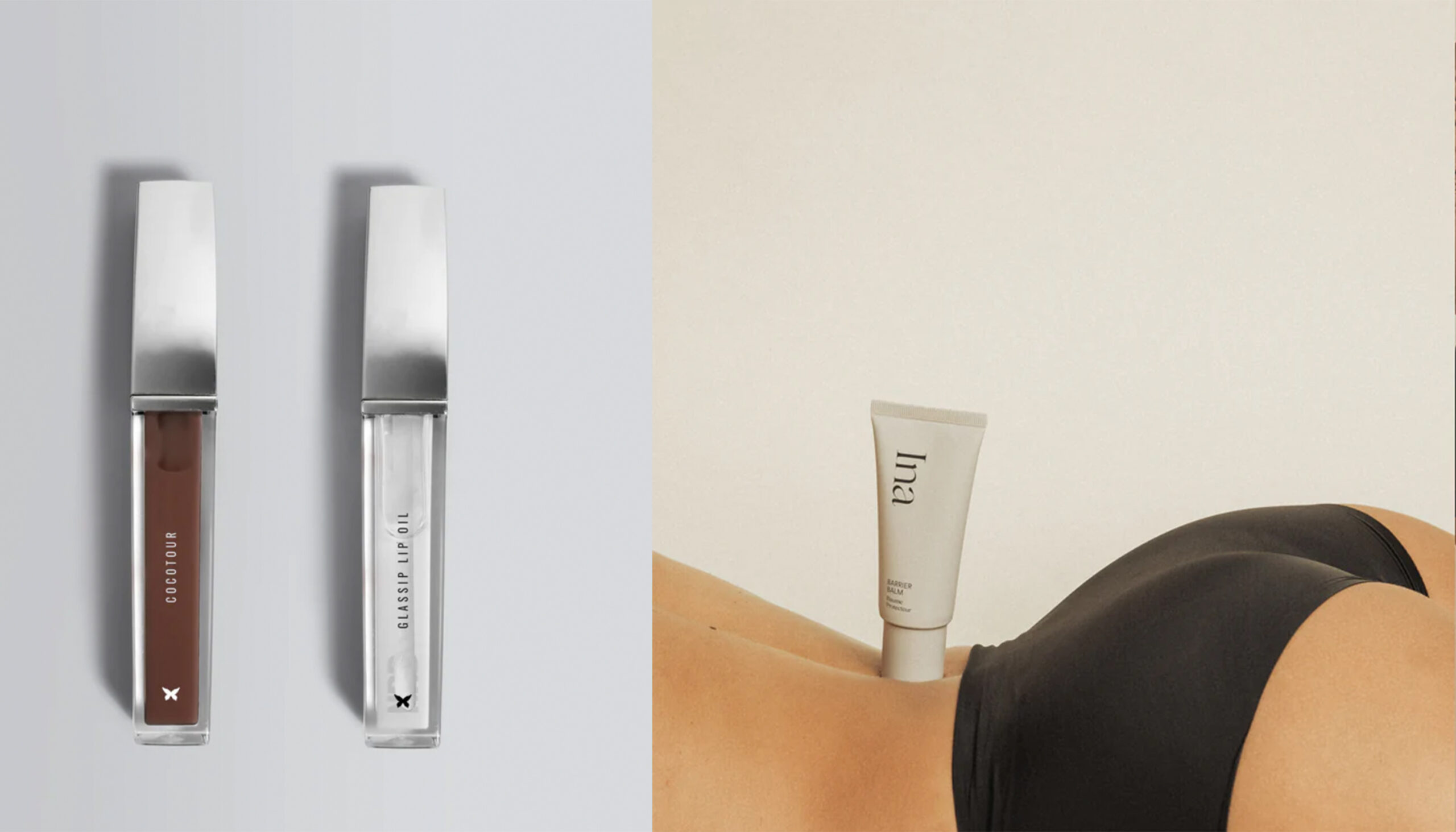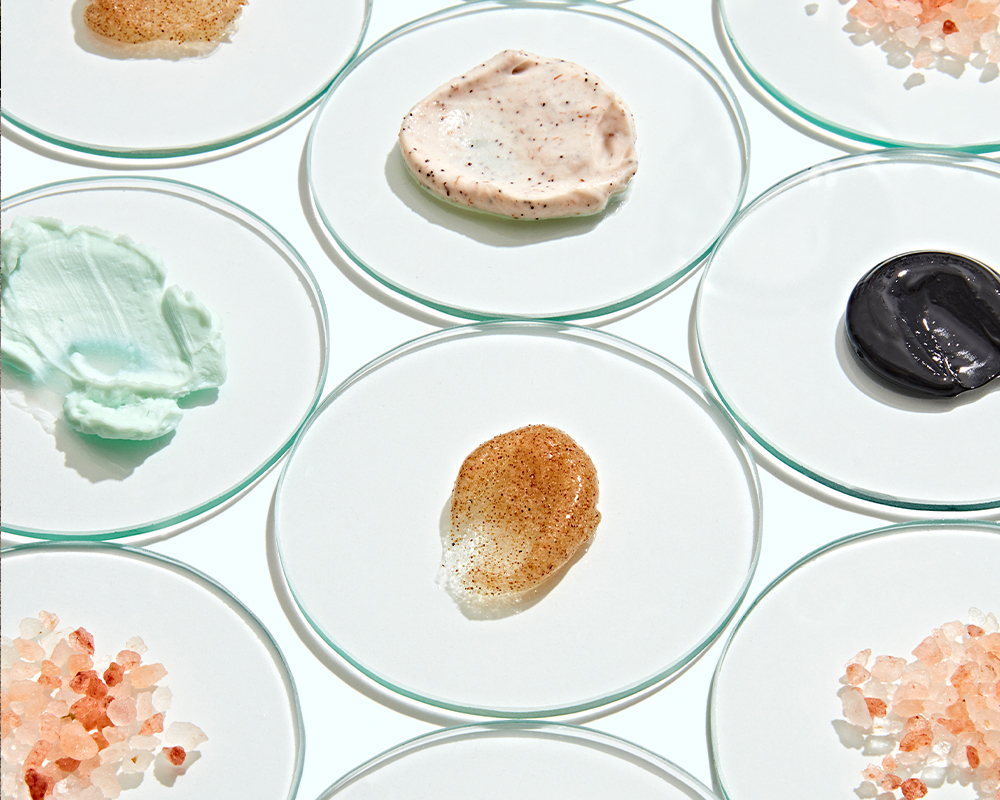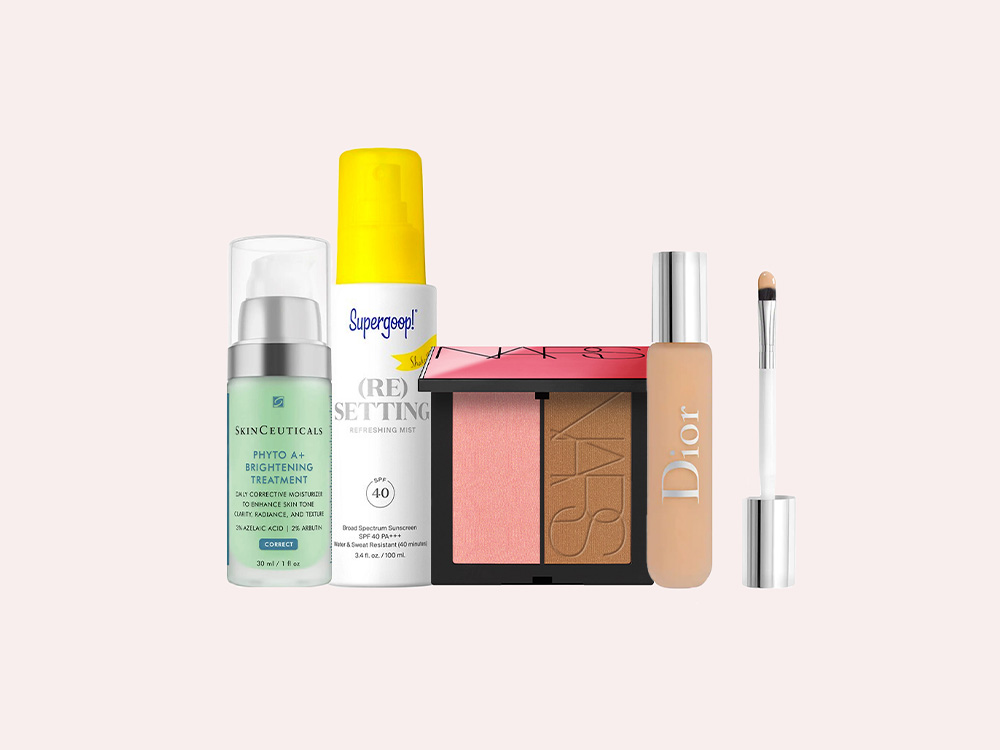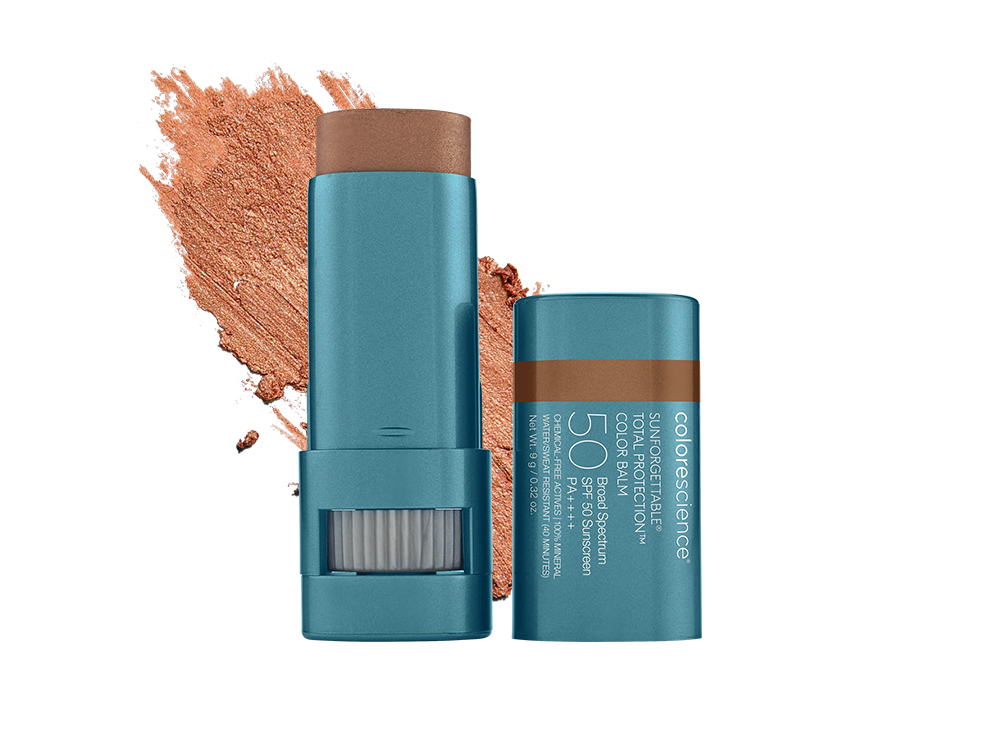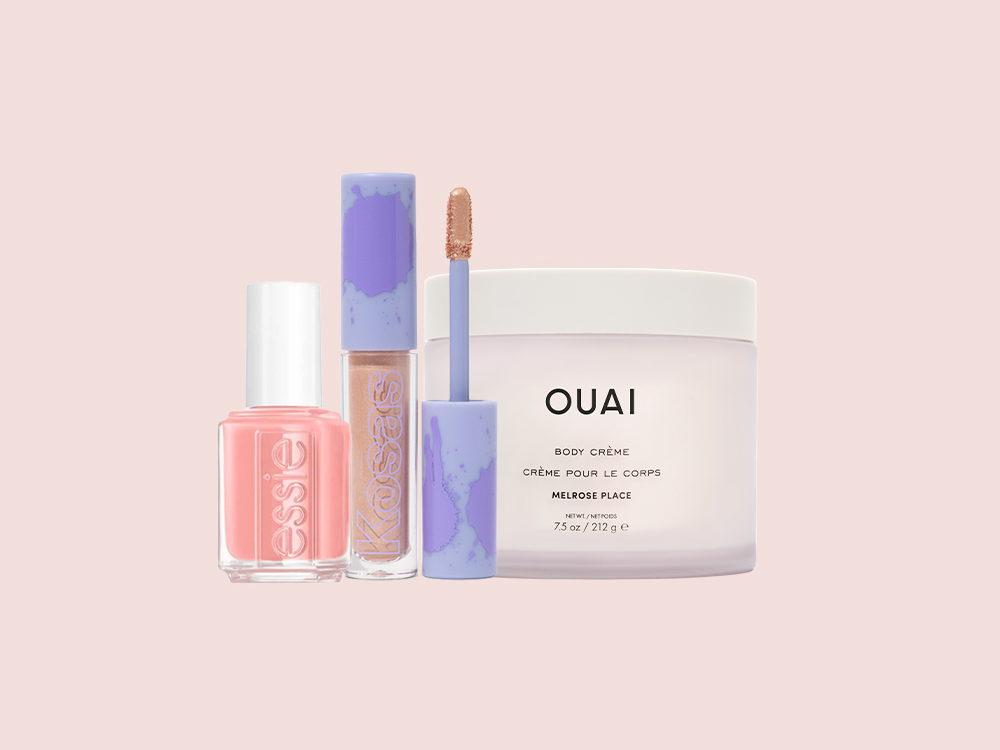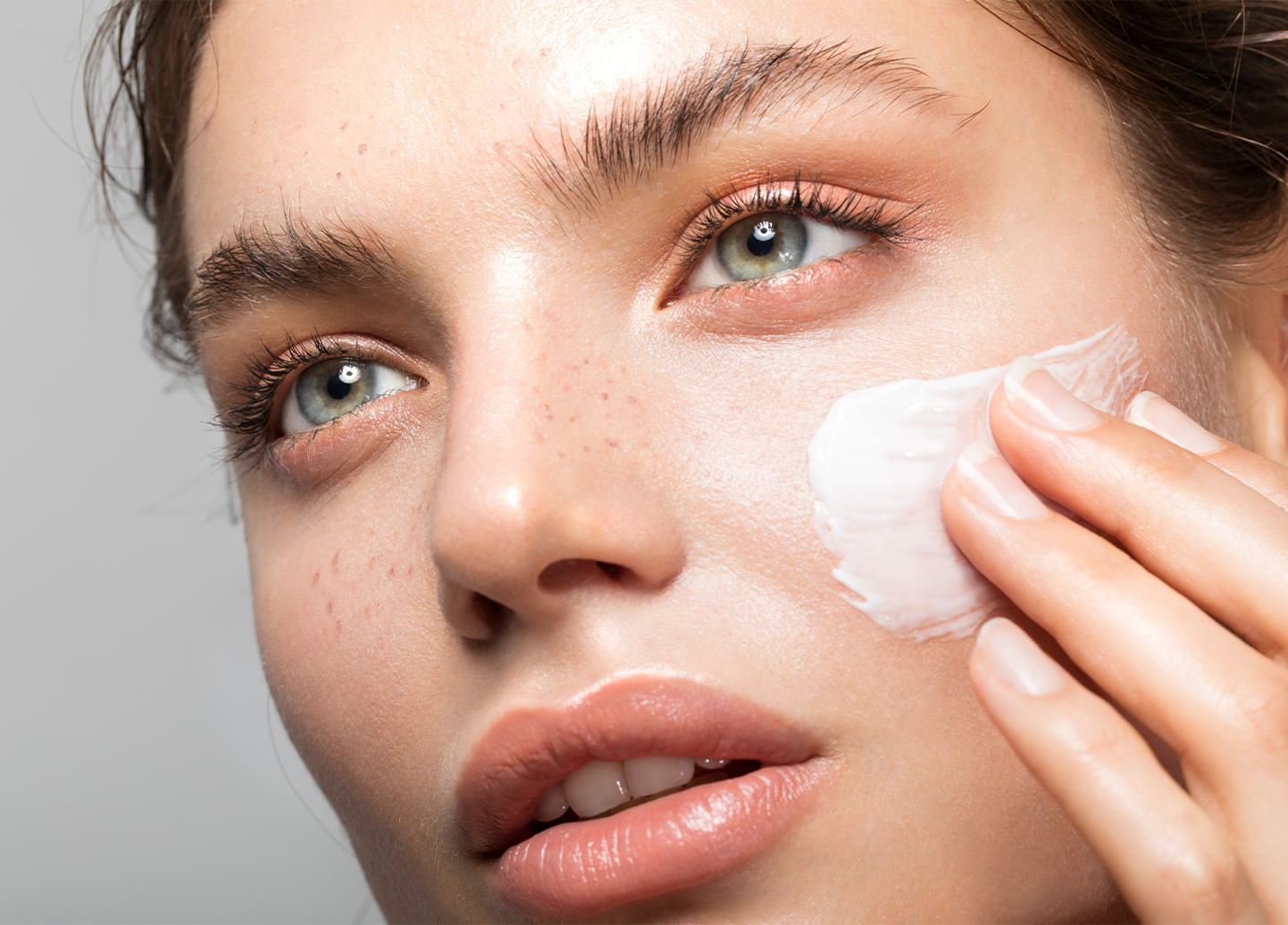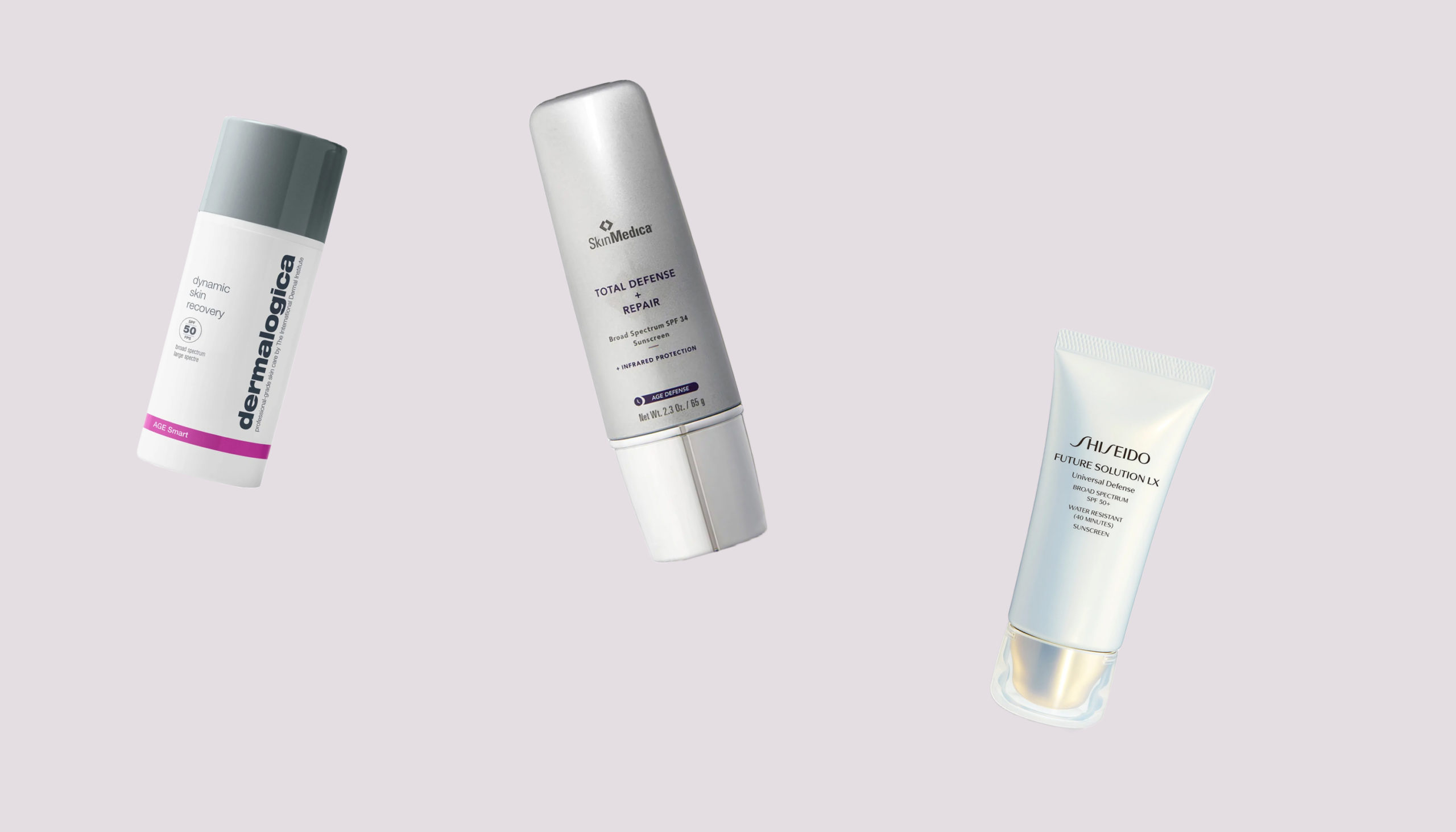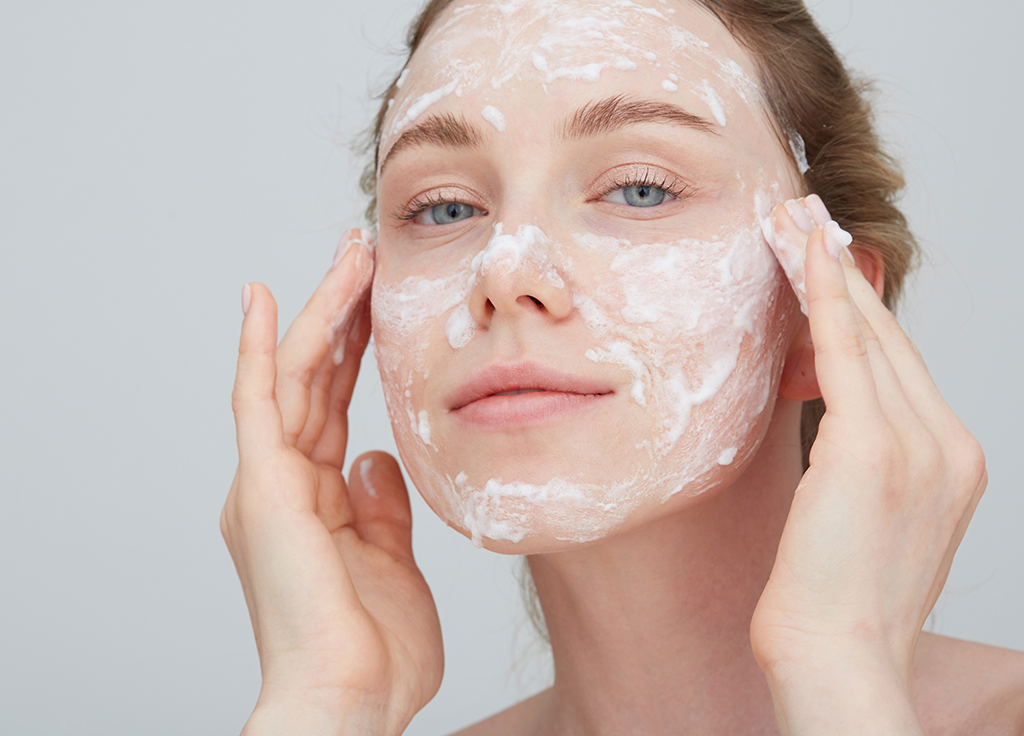Tiny bumps on your legs—they can show up on your arms and butt, too, and make your skin feel bumpy and rough—are actually the result of hair follicles that are clogged with dead skin and keratin (a hard protein that is naturally found in skin). Known as chicken skin or KP—short for keratosis pilaris—these unsightly red and flesh-colored bumps get in the way of smooth skin. Although you can’t get rid of it for good (doctors still haven’t figured out why), you can cope with it by using the right products and in-office treatments and making a few tweaks to your daily habits. The most important thing: Don’t pick them!
Why You Have Them
“It is believed that there may be a hereditary component to KP, which affects men and women from all ethnic groups equally,” says Houston dermatologist Paul M. Friedman, MD. “It tends to show up during childhood and adolescence, which may be due to growth hormone secretion at that stage of life, but it can also show up later in life.”
You May Also Like: Is It Acne or Something Else?
Your medical history may also play a role. Although it is not fully understood as to what skin types experience KP, many experts say that you may be more likely to if you’ve had chronic dry skin or you are overweight or obese. “Insulin resistance linked to a high body mass index (BMI) may play a role,” says Dr. Friedman. “Hormonal fluctuations during or after pregnancy may also be a factor.”
As well as the climate you live in. Experts say that those who are exposed to colder weather or predominantly dry climates may be prone to developing KP because their skin tends to be drier. “Regular exfoliation to get rid of flaky dead skin is important,” says Dr. Friedman.
How to Treat Them
Buff away the buildup. “Using a daily body wash with exfoliating hydroxy acids such as glycolic or salicylic, as well as enzymes, can help keep the buildup of keratin in your hair follicles to a minimum,” says celebrity aesthetician Joanna Vargas. “If DIY is more your thing, use a brown sugar and honey mixture to gently exfoliate every other day.” We like DermaQuest Glyco Gel Cleanser ($33), which has a high glycolic acid content that helps exfoliate and smooth areas that are irritated thanks to KP.
Layer on moisturizer. Dry skin makes KP even worse, so make sure to use a moisturizer that relieves dryness to soothe any itching. Dr. Friedman recommends using one that contains lactic acid, which can help break up the keratin plugs and improve skin texture. Our pick? Dermalogica Hydrating Body Cream ($30)—it’s lightweight but effective at keeping skin well-moisturized and utilizes lactic acid to keep dead skin from building up and clogging your pores. “If the itching persists, your doctor can prescribe a topical steroid,” Dr. Friedman adds.
Add retinol to your routine. Prescription-strength topical retinoids and nonprescription retinol can be effective, too, but when used in high concentrations, the skin on your body can experience an increase in skin sensitivity to the sun (just like your face). Double up on SPF when using these ingredients.
Try laser therapy. “We sometimes use the pulsed-dye laser to reduce the redness that comes with KP, but because this is often a recurrent chronic condition, you may need multiple sessions over time,” says Dr. Friedman. “Some dermatologists use a diode laser to improve roughness and bumpiness in those with lighter skin types (it has not been approved for dark skin yet).”
Inside Tip: Avoid taking super hot showers or baths. If you must, make sure to limit your time to 10 minutes or less—exposing your skin to hot water for long periods of time can strip it of good natural oils, which can irritate KP.

